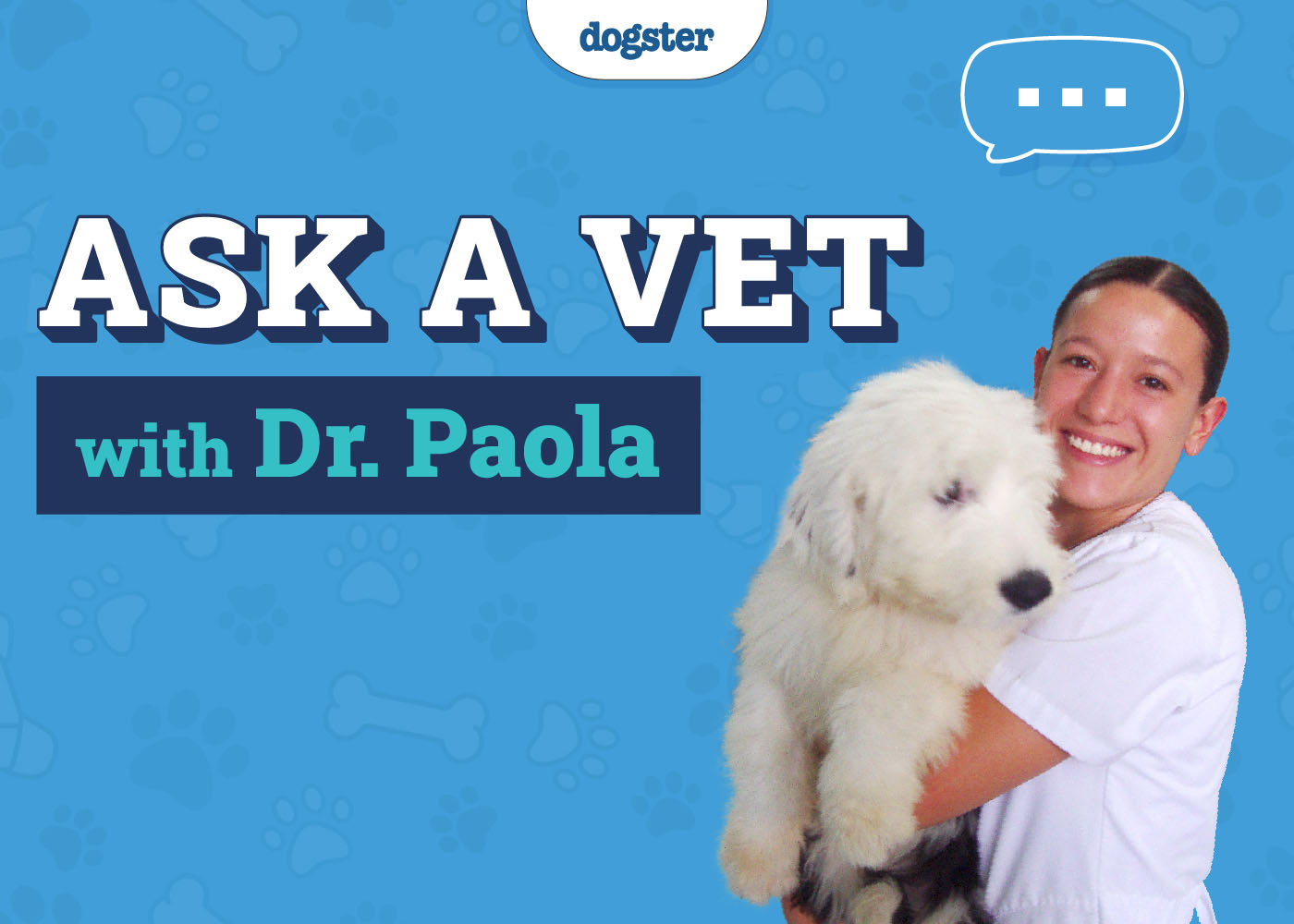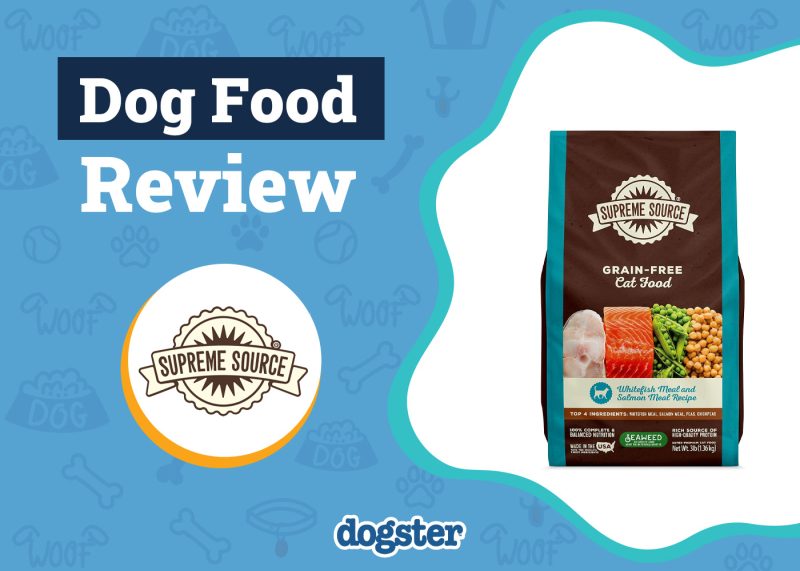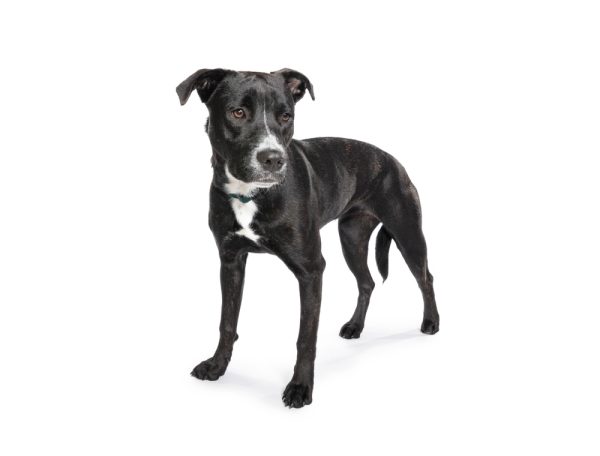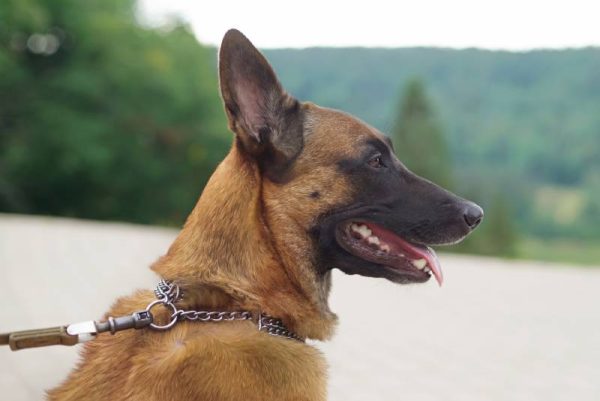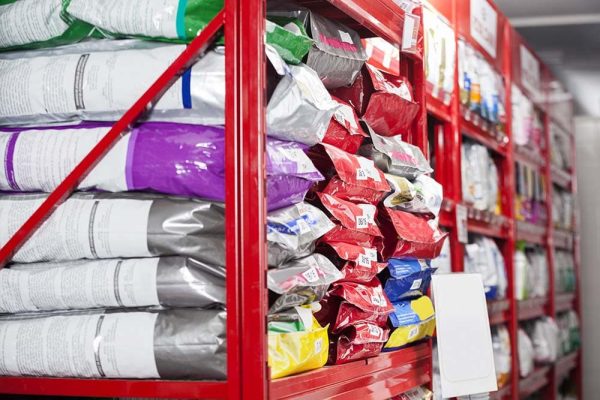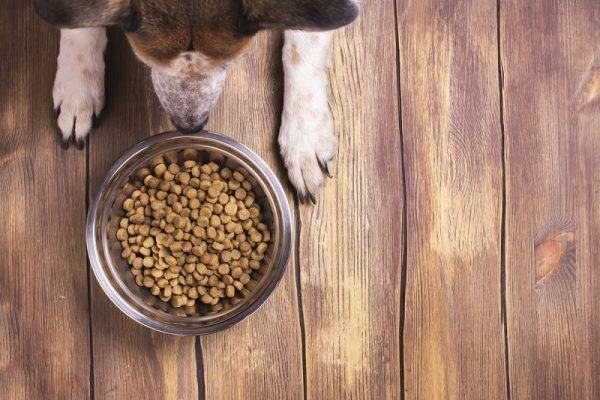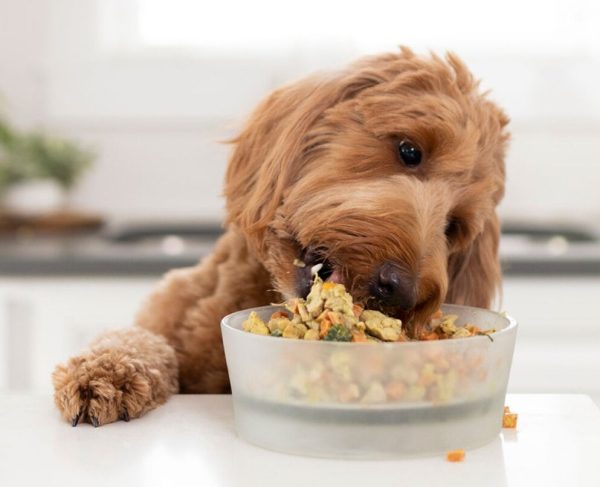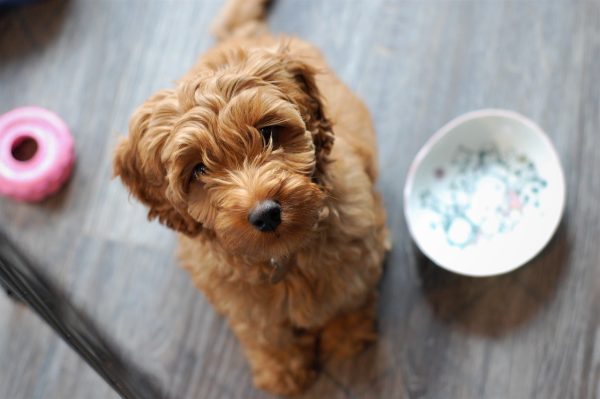Welcome to our “Ask Dr. Paola” series, where every Monday we bring expert advice straight from Dr. Paola Cuevas (MVZ) to help our readers better understand their dog’s health and well-being.
Whether you’re a new pet parent or a seasoned dog lover, Dr. Paola is here to provide answers to your most pressing questions. From nutrition tips and preventive care to troubleshooting common behavioral issues, Dr. Paola is ready to offer insights that will keep your furry friend happy and healthy. Stay tuned for expert guidance on a range of topics that matter most to you and your dog, so you can make informed decisions and provide the best possible care for your canine companion. Have a question? Send it in here!

Help! My Dog Is Suddenly Anxious!
“Hi Dr. Paola,
My 6-year-old Coton de Tulear, Chloe, has always been a calm and happy dog. Recently,
she has become nervous and has a lot of anxiety. She always loved being in the car; now she shakes and trembles.She acts like she is afraid we are going to leave her somewhere. When we get out of the car, she screams and cries, even though we always take her with us and have never left her in the car. She likes being alone in our house and has no issues when we leave.
My husband has been working on restoring a canoe. She is scared of the loud noises the sanding machine makes. She seems very nervous. Should we give her a mild tranquilizer? Should we ask her vet for some medication? What can we do? She gets tons of attention from us. It is like her personality has changed.
Thank you, ” – Nancy
Nancy,
It can be unsettling when a dog’s behavior changes so noticeably, especially in a companion as gentle as a Coton de Tulear. A specific negative association can trigger sudden anxiety, and in Chloe’s case, the fear may have started with the loud sanding machine and generalized to other situations, like the car. Dogs can link an unpleasant sensory experience to nearby contexts, even if the connection seems indirect to us. This is called sensitization, and once it takes hold, a dog’s threshold for fear can drop in other environments.
Before considering medication, it is important to rule out any underlying medical issues that might contribute to increased anxiety, such as pain, sensory changes, or metabolic conditions. If your veterinarian finds her healthy, you can focus on behavior modification. Gradual desensitization combined with counterconditioning is the gold standard. For the car, that might mean starting with very short, positive sessions, pairing each step with high-value treats or a favorite toy, and only progressing when she is relaxed. Keep her environment as predictable and calm as possible while she recovers her sense of safety.
Some dogs do benefit from short-term anti-anxiety medication or supplements when combined with a structured behavior plan. If her anxiety is intense or interfering with daily activities, discuss with your veterinarian whether situational medication or a longer-acting option is appropriate. The goal is to help Chloe rebuild her confidence at her own pace so she can return to the happy, adaptable dog she was before.
Good luck!
– Dr. Paola

If you want real time answers to your questions, you can talk to one of our veterinarians online. Click on the image or button below:


Help! My Dog Is Jumping on Everyone!
“Hello Dr. Paola,
I am having NO luck trying to stop my 4-year-old Boxer from jumping on people when they come to visit. Can you give me any tips? Everything I have tried is not working. As you probably know, Boxers are very stubborn with a mind of their own.
Thanks,” – Carolyne
Hi Carolyne,
Boxers are indeed full of personality and determination, which makes them wonderful companions, but also means they need very clear and consistent boundaries. Jumping is so rewarding for dogs because it gets immediate attention, so the best strategy is to teach an alternative, incompatible behavior that earns them equal or greater rewards. For example, a dog cannot be sitting, lying down, or remaining on a designated mat while jumping at the same time. By reinforcing these incompatible behaviors, you make polite greetings the most valuable choice.
You will need to plan some training sessions. Before visitors arrive, have your Boxer on a leash to prevent her from practicing the unwanted behavior. Ask for a sit, a down, or a “go to your mat” cue and reward generously as soon as she complies. Have visitors participate by only offering attention, petting, or treats when she is maintaining that position. If she gets up and jumps, the greeting stops immediately, and it resumes only when she returns to calm behavior. A short play session or walk beforehand will help reduce her initial burst of energy, making it easier for her to succeed.
With repetition, consistency, and rewards tied exclusively to calm, grounded greetings, she will learn that keeping her paws on the floor is the quickest way to get the affection and attention she loves.
I hope this helps!
– Dr. Paola

Help! My Dog Is About to Give Birth!
“Dear Dr. Paola,
What should I do when my dog Lola gives birth?” – Kevin
Hi Kevin,
The best way to prepare for Lola giving birth starts well before labor begins. Regular veterinary visits during pregnancy are essential because they allow your vet to confirm the pregnancy, estimate the due date, and assess the number and positioning of puppies through imaging. These check-ups can detect potential risks early, such as a narrow birth canal or unusually large puppies, giving you time to plan for a safe delivery. Your veterinarian can also guide you on Lola’s nutrition, parasite prevention, and exercise so she enters labor in the best possible condition.
When labor starts, create a quiet, warm, and comfortable whelping area where she feels safe. Most dogs handle whelping instinctively, but you should monitor from a short distance, making sure puppies are delivered at steady intervals and are breathing and nursing soon after birth. If she has strong contractions for more than 30 minutes without producing a puppy, rests for over two hours between puppies when you know more are coming, or seems exhausted or distressed, seek veterinary care immediately.
After birth, ensure all puppies are breathing well, staying warm, and nursing frequently. Let Lola bond with them, but check briefly that each is thriving. Being well-prepared through prenatal care and knowing what is normal during delivery is the best way to protect both Lola and her newborns.
Best wishes,
– Dr. Paola
- View past week’s questions here: August 18, 2025
- See our full list of past articles here
- Click here to submit a question
- Get Dr. Paola’s weekly advice sent straight to your inbox. Sign up below!


